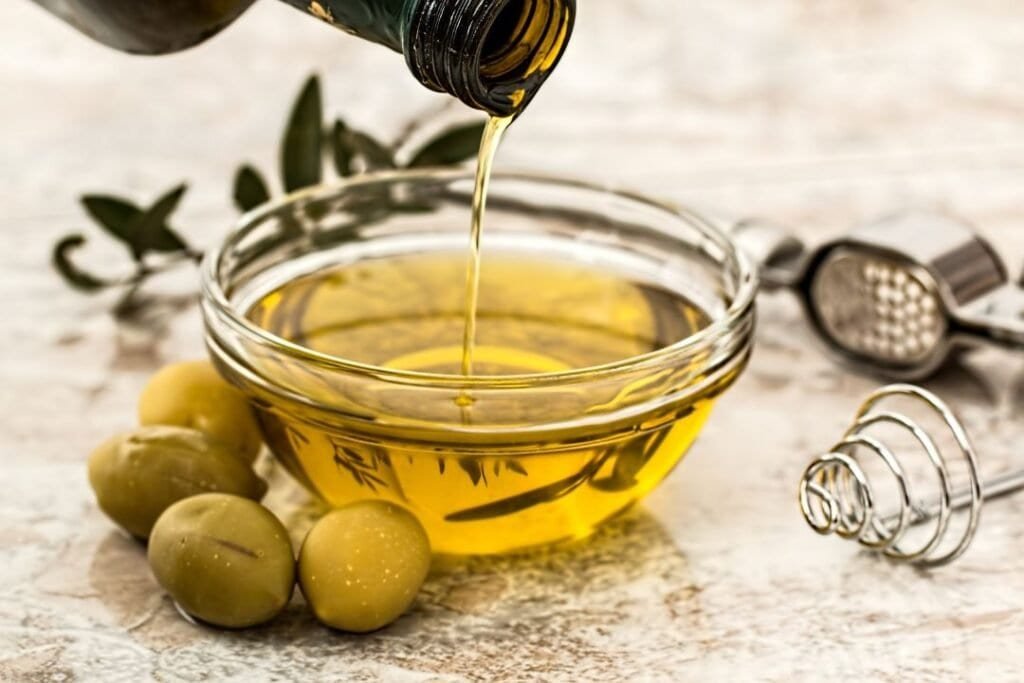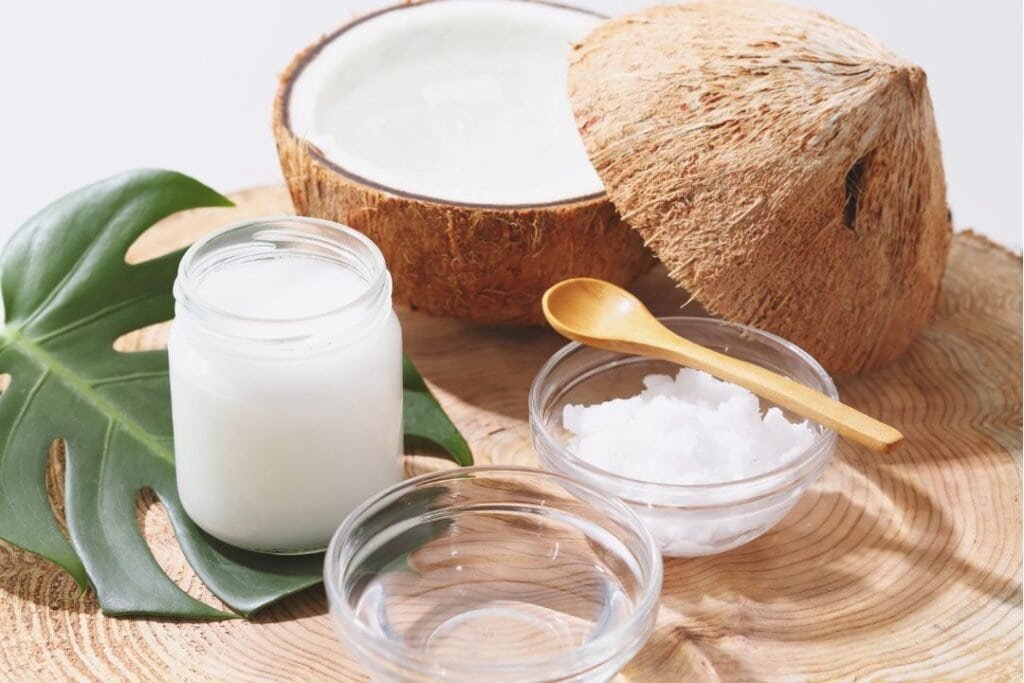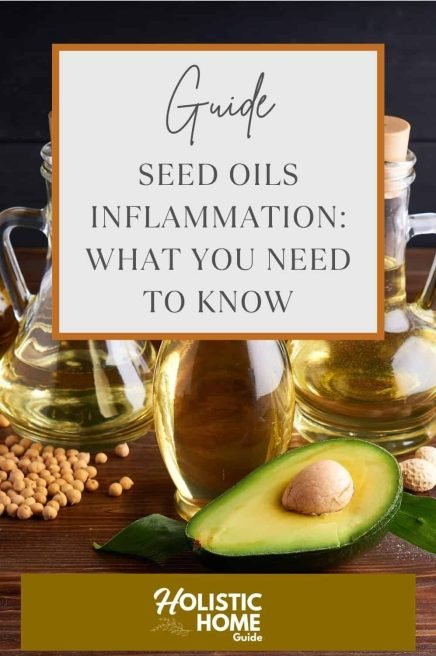Many people are beginning to ask an important question: do seed oils cause inflammation in the body? Once praised as “heart-healthy,” these oils—such as canola, sunflower, and soybean—are now under scrutiny for their potential role in chronic inflammation and modern health issues. The discussion around seed oils and inflammation reveals a deeper story about how industrial processing has changed the way we eat.
Seed oils rose to prominence in the early 1900s as industrial extraction methods made it possible to produce cheap, shelf-stable fats from crops. Unlike traditional oils and fats that were cold-pressed or naturally rendered, seed oils are often exposed to high heat and chemical solvents. These processes can damage the delicate fats, potentially contributing to inflammation and oxidative stress once consumed.
Before the rise of seed oils, people cooked with simpler, more stable fats like extra virgin olive oil, coconut oil, butter, and tallow. These traditional fats have been used for centuries in cultures known for longevity and vitality. Understanding the connection between seed oils and inflammation helps you make conscious choices in your kitchen—ones that nourish your body and support true well-being.
This post may contain affiliate links which means we may receive a commission for purchases made through links. As an Amazon Associate we earn from qualifying purchases. Learn more on our Privacy Policy.

A Brief History of Seed Oils and How They’re Made
Seed oils are a relatively new addition to the human diet. Before the 1900s, most people cooked with natural fats like butter, lard, olive oil, and tallow. The rise of industrialization changed that. As food production scaled, manufacturers sought inexpensive, shelf-stable fats. With the invention of hydraulic pressing and later solvent extraction methods, oils could now be mass-produced from seeds that were once difficult to process, such as soybeans, corn, cottonseed, and sunflower.
To extract oil efficiently, manufacturers often use high heat and chemical solvents like hexane. These processes strip away many nutrients and can alter the oil’s molecular structure, making it more prone to oxidation and rancidity. Refining, bleaching, and deodorizing then follow to create the clear, neutral-tasting oils seen on grocery shelves.
Watch these two YouTube videos to compare the difference in the manufacturing process. Oils and fats used for cooking should have minimal processing and use cold-extraction methods.
The industrial process to produce seed oils.
The more natural process to produce olive oil.
Seed Oils and Inflammation
One of the main concerns with ultra-processed seed oils is their effect on inflammation. Most seed oils are high in omega-6 fatty acids, which are essential in small amounts but can cause problems when consumed excessively. In the body, omega-6 fats convert into compounds that promote inflammation, while omega-3 fats from fish, flaxseed, and walnuts help calm it. The typical modern diet contains far more omega-6 than omega-3, creating an imbalance that can contribute to chronic inflammation.
This imbalance has been linked to issues such as joint pain, fatigue, digestive problems, and even cardiovascular disease. While small amounts of seed oils can fit into a balanced diet, relying on them as a main cooking fat may disrupt the body’s natural balance over time.

The Health Debate: Benefits vs. Risks
Supporters of seed oils often point out that these fats can lower LDL cholesterol when replacing saturated fats. However, critics highlight that industrial processing and excessive omega-6 intake can generate unstable compounds, like oxidized lipids and trans fats, which contribute to inflammation and oxidative stress.
From a holistic perspective, food should not only be nutritious on paper but energetically alive and minimally altered. Cold-pressed oils and traditional fats are closer to their natural state, aligning with the body’s natural chemistry. Industrial seed oils are more processed, deodorized, and far removed from their original plant source.
Seed Oils vs. Traditional Fats
While seed oils have become a pantry staple, traditional fats offer qualities that better support both body and home harmony. Extra virgin olive oil and coconut oil are beloved for their stability, flavor, and nutrient density. Olive oil is rich in antioxidants and monounsaturated fats that support heart health. Coconut oil contains medium-chain triglycerides that are easily used for energy and have natural antimicrobial properties.
Animal fats like tallow, ghee, and butter are also making a comeback. They are stable at high temperatures, making them ideal for frying or roasting. Ghee, in particular, is clarified butter that removes milk solids, making it suitable for those sensitive to dairy. These traditional fats are less processed, rich in fat-soluble vitamins, and have been used for centuries in home cooking.

Better Alternatives to Seed Oils
Choosing the right oil depends on how you plan to use it. For salad dressings or light sautéing, extra virgin olive oil offers superior flavor and antioxidants. Coconut oil or avocado oil provides better stability for medium to high heat cooking, while tallow and ghee are excellent for frying or roasting.
Some healthy cold-pressed-seed oils in your kitchen have tremendous benefits, choose cold-pressed, organic, or expeller-pressed varieties. Avoid oils labeled as refined or partially hydrogenated, as these typically undergo chemical processing.
Comparison Table: Common Cooking Oils
| Oil Type | Smoke Point | Best For | Notes on Stability and Use |
|---|---|---|---|
| Ghee (Clarified Butter) | ~450°F / ~232°C | Frying, roasting | Very stable, lactose-free |
| Tallow | ~400°F / ~204°C | Frying, roasting | Highly stable, nutrient-rich |
| Extra Virgin Olive Oil | ~375°F / ~190°C | Dressings, light sautéing | Antioxidant-rich, anti-inflammatory |
| Virgin Avocado Oil | ~375°F / ~190°C | light sautéing | Neutral flavor |
| Coconut Oil | ~350°F / ~177°C | Baking, sautéing | Stable, contains MCTs, mild flavor |
| Butter | ~302°F / ~150°C | Baking, low-heat cooking | Adds flavor, moderate stability |
How to Choose Quality Oils at Home
When selecting oils, aim for freshness and minimal processing. Look for cold-pressed or expeller-pressed oils packaged in dark glass bottles to protect them from light. Store them away from heat to prevent oxidation. Smaller bottles ensure freshness and reduce waste.
If possible, buy organic oils to avoid chemical residues. Read labels carefully and stay mindful of expiration dates. By choosing natural, high-quality fats, you create not only healthier meals but also a more nurturing kitchen environment.

Conclusion: A Balanced, Mindful Approach to Cooking Oils
The conversation around seed oils is complex, but balance is key. Rather than viewing oils as good or bad, focus on quality, moderation, and intention. Choose oils that are as close to their natural state as possible and support your body’s rhythm and well-being.
Every time you cook, you shape not only your meal but your home’s energy. Opt for oils that feel alive, vibrant, and nourishing. Let your kitchen be a place of warmth, balance, and vitality.







